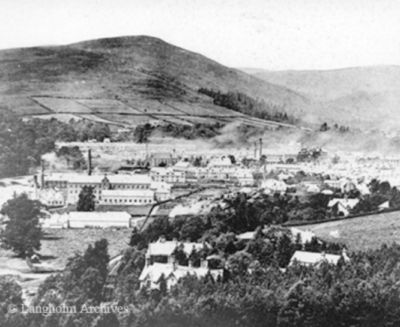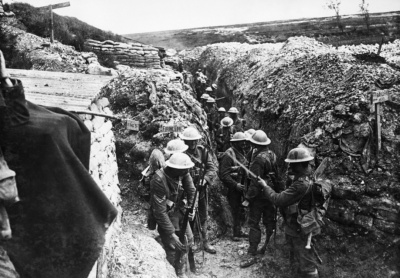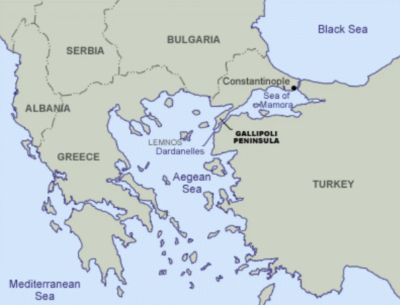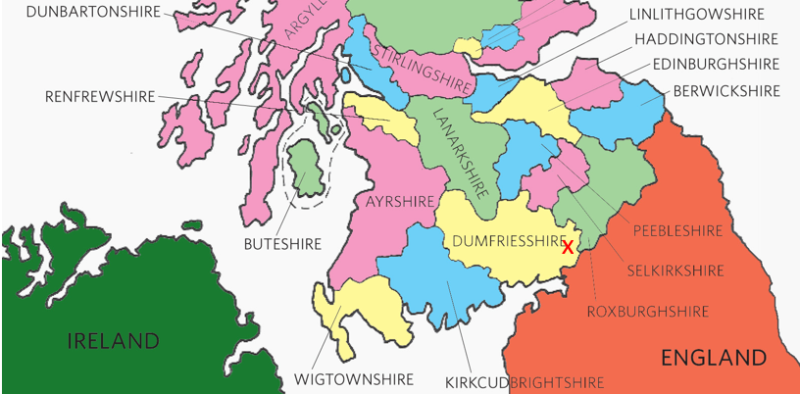This website explores the world during the Great War through the experiences of a Scottish border town.



Quick Quiz
In 1915:
1. Who was the prime minister and who was the monarch?
2. How did most people obtain news?
a) By newspaper
b) By radio
3. Were a) anaesthetics and b) antibiotics available?
4. How were streetlights lit?
a) By electricity
b) By gas
5. How many cars were on the road in the UK? Around:
a) 2,000
b) 20,000
c) 200,000
6. What were three of the main political topics just before the war, apart from the war itself?
7. What was the main type of aircraft used for bombing raids on the UK?
a) Seaplane
b) Airship
8. How many UK soldiers and sailors were conscripted?
a) None
b) Around 100,000
c) Around 500,000
9. Who were the supreme heads of:
a) The Church of England
b) The Church of Scotland
10. What was life expectancy for newborn females just before the war?
a) 55
b) 60
c) 65
Overview
This website includes:
- An overview of the world, UK, Scottish and local contexts in 1915.
- Introductions to various aspects of the war and life at home.
- A diary of a year in the life of the town of Langholm (1915).
- For those interested in genealogy:
- A database of local people and organisations.
- Links to family trees of numerous people with local connections.
- Learnings from research that could be applied in different contexts.
Please click here for acknowledgements to the local newspaper and archive group.
Why 1915?
A single year has been selected to provide focus during a time of huge change. The year 1915 was chosen because of its significance on various levels:
International
1915 was the first full year of the Great War. It saw the attempted opening of a new front in the Dardanelles/Gallipoli peninsula in what is now Turkey, and major conflicts on the Western Front, including the Second Battle of Ypres and the Battle of Loos.

National (UK)
A crisis about munitions led to the formation of a coalition Liberal/Conservative/Labour government. New manufacturing and social legislation was introduced, including strict control over alcohol in some areas. Around 1.3 million volunteers signed up for military service, before conscription was introduced in early 1916.
Local (Langholm)
Numerous townsfolk participated in major battles at Gallipoli and on the Western Front, with many losing their lives or being seriously injured. The provost (mayor) endorsed the cancellation of the town’s main traditional event (its Common Riding) due to the war, embroiling himself in an argument about whether this was a sign of respect or capitulation.
Why Langholm?
This Scottish border town provides an excellent lens because:
- A high proportion of its young men volunteered for military service and participated in key battles.
- It was very engaged in national and international affairs through its war involvement, textile trade and diaspora.
- It was a close-knit community which was profoundly affected by the war.
- Its weekly newspaper (the first ‘penny paper‘ in Scotland) provides an excellent record of events at the time, as does a diary written on the front line by one of its volunteers, Lawson Cairns DCM (Distinguished Conduct Medal).
- Although well integrated with the wider UK, its location just on the Scottish side of the border with England gives an insight into distinctive Scottish legal, ecclesiastical, educational, cultural and other traditions.
